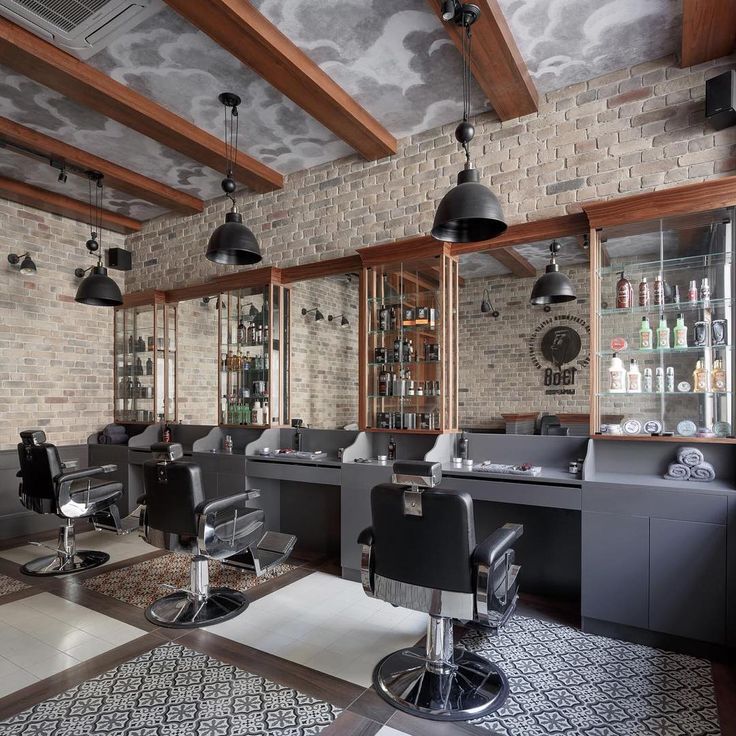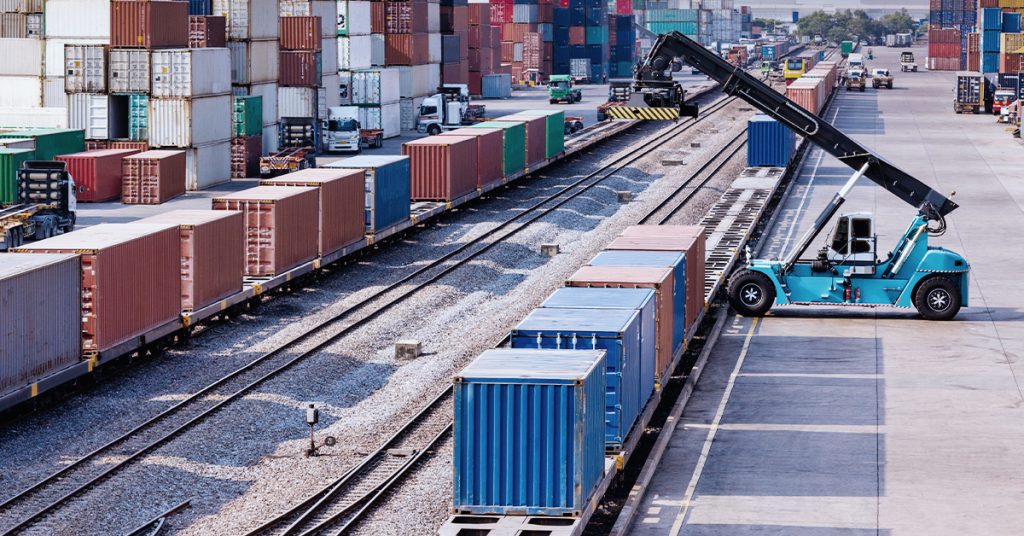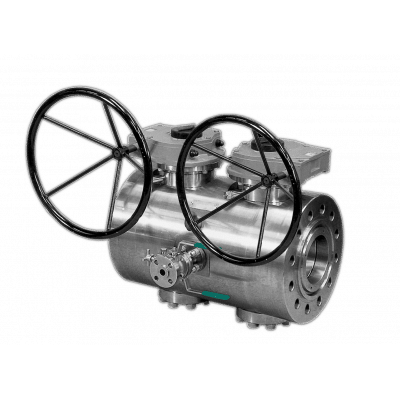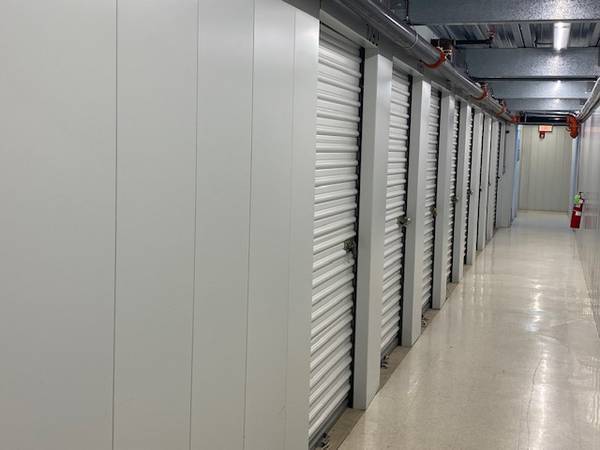Chairs That Wow – Unleash Creativity with Unique Designs
Chairs have evolved far beyond their primary function of providing seating; they have become bold expressions of creativity and innovation in design. In contemporary interior spaces, unique chair designs are not just furniture but also art pieces that can transform an entire room’s atmosphere. From the iconic Eames Lounge Chair to the whimsical creations of designers like Philippe Stack, each piece tells a story and invites interaction. The diversity of materials used, such as sustainable woods, recycled metals, and eco-friendly fabrics, reflects a growing awareness of environmental impact while enhancing aesthetic appeal. For instance, a chair made from reclaimed wood not only boasts character and history but also promotes sustainable living, appealing to eco-conscious consumers. Furthermore, the rise of modular and multifunctional chairs caters to modern lifestyles, where space is often at a premium. These designs can adapt to various needs serving as a chair, a storage solution, or even a decorative element.

The innovative shapes and forms of contemporary chairs can spark conversation and inspire creativity, making them essential components of both residential and commercial spaces. Imagine a dining area where a cluster of brightly colored, mismatched chairs creates a playful, inviting atmosphere, or a minimalist workspace featuring sleek, sculptural Salon Chair that encourage productivity while showcasing artistic flair. The interplay of color, texture, and form in unique chair designs can evoke a range of emotions, contributing to the overall experience of a space. In addition to aesthetics, comfort remains paramount, and many designers prioritize ergonomic features in their creations, ensuring that style does not come at the expense of functionality. Chairs with fluid lines and supportive structures provide an inviting place to sit, whether for a quick coffee break or a long evening of entertaining guests. As consumers increasingly seek individuality in their decor choices, the market has responded with an array of customizable chair options.
From choosing the fabric and finish to selecting the chair’s shape, personalization allows individuals to curate spaces that reflect their personality and taste. This trend underscores a broader shift toward self-expression in design, where every element of a home or office can be tailored to suit the occupant’s preferences. Collaborations between artists and furniture makers have further blurred the lines between art and design, resulting in chairs that serve as stunning focal points within a room. These artistic chairs challenge conventional ideas of what furniture should look like, pushing boundaries and inviting new interpretations of space. Whether it is a Salon Chair that resembles a piece of abstract sculpture or one that incorporates kinetic elements, the imagination is the only limit. As we navigate an increasingly digital world, the tactile experience of unique chair designs invites us to engage with our surroundings on a deeper level. The textures and forms of these pieces encourage physical interaction, creating a connection that enhances our daily experiences.





